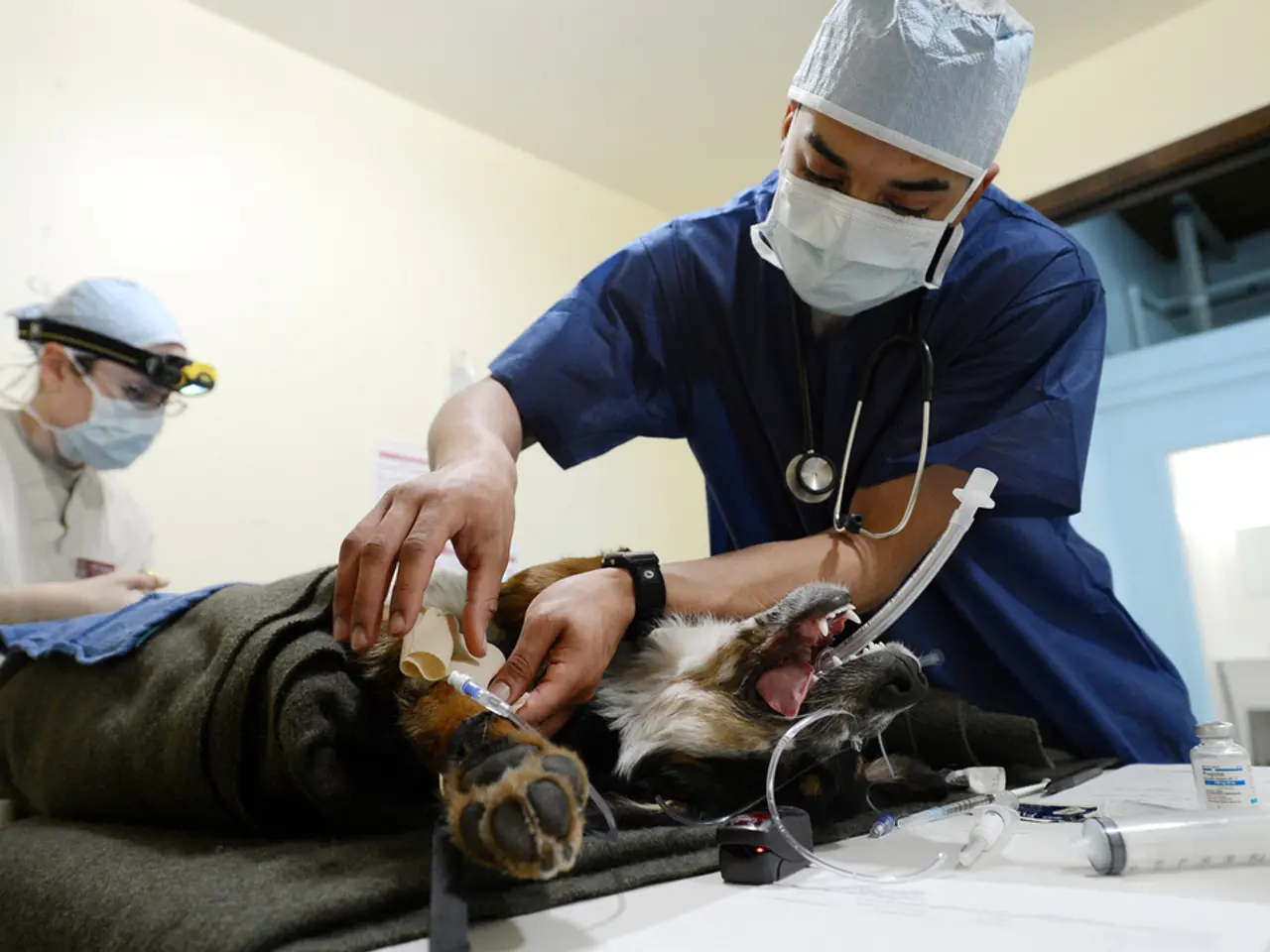Deep-seated nasal mucus: Secure methods for their effortless removal
In our daily lives, nose boogers are an inevitable part of existence. But did you know that these pesky nuisances serve a crucial purpose in keeping our respiratory systems clean? Mucus in the nose, a sticky substance mainly composed of 98% water, 1% salt, and 1% long molecules called mucins, traps environmental contaminants such as viruses, bacteria, pollen, dust, and dirt, preventing them from reaching the lungs.
However, when mucus dries out, it forms a booger, which can be uncomfortable and unsightly. Fortunately, there are safe and effective methods for removing deep nose boogers for both adults and newborn babies.
For adults, recommended safe practices include using a saline nasal spray or rinse to moisten and loosen the mucus, making it easier to remove naturally or blow out gently. Inhaling steam or using a humidifier can also thin mucus and prevent nasal dryness, which can make removal easier. It is essential to avoid forceful picking, as this can damage nasal tissues; instead, gently blowing the nose after moistening helps clear deep mucus safely. For stubborn mucus, gentle use of soft tissues after saline treatments is advised without inserting objects deeply into the nostrils.
For newborn babies, safe removal of deep nose boogers involves using saline drops to soften mucus, which loosens the boogers inside the delicate nasal passages. Employing a nasal aspirator or bulb syringe after applying saline to carefully suction out loosened mucus is the safest and most effective removal method for infants. It is crucial to avoid inserting cotton swabs or fingers deep inside the baby’s nose to prevent injury; gentle wiping of the nostrils’ outer area with a soft cloth is preferred. Slightly elevating the baby’s head during sleep can also help mucus drain naturally, reducing the buildup.
In summary, adults should use saline nasal spray/rinse, steam/humidifier, gentle blowing, and no forceful picking, while newborns should use saline drops, nasal aspirator, gentle wiping, no deep insertion, slight head elevation during sleep. Always use sterile or distilled water for nasal rinses to avoid infections, especially for infants. Avoid using sharp or hard objects inside the nose in all cases to prevent damage.
Hydrating the nose with a saline spray, moisturizing the lining of the nose with a natural oil, drinking more water, using a humidifier, and improving overall hydration can help prevent boogers. Picking the nose can irritate the inside of the nose and cause nose bleeds, so it is best to avoid this practice.
Additionally, removing a booger can be risky, so using a tissue for booger removal is recommended. All that mucus eventually leaves the body through the nose or mouth. The human body produces 1.5 quarts of mucus a day and covers more than 2,000 square feet of body surface. Washing and disinfecting the rubber bulb after each use is necessary.
It is important to note that mucus in the nose helps trap germs and other particles, and picking the nose can spread infectious agents from the nose to the hand or vice versa. Nose hairs, called cilia, guide mucus out of the nose or toward the back of the throat, where it can be swallowed or expectorated.
In conclusion, by following these safe methods for removing deep nose boogers, we can maintain the health of our respiratory systems and avoid discomfort and injury to our sensitive nasal tissues.
- Dermatitis and eczema, two common skin diseases, can cause dryness and itchiness, much like the uncomfortable sensation of a dried-out nose booger.
- Obesity, a serious disease associated with numerous health risks, can also lead to degeneration in various organs, including the liver (hepatitis).
- Predictive science is being used to explore the link between nutrition and atopic dermatitis, a type of eczema, suggesting that a balanced diet may play a role in its management.
- Ulcerative colitis, a type of inflammatory bowel disease, is characterized by the inflammation of the colon lining, which can lead to symptoms such as diarrhea (degeneration of the normal digestive process).
- Advances in science have made it possible to develop therapies and treatments for a multitude of diseases, from skin care products to address conditions like acne and psoriasis, to medication for managing chronic diseases like Crohn's disease.
- In the realm of workplace-wellness programs, education about fitness-and-exercise, health-and-wellness, and nutrition can significantly improve employee health and productivity.
- AQ, or Air Quality, is a crucial factor in maintaining overall health, as poor air quality can exacerbate health issues such as asthma and COPD.
- The moisture content in mucus is comparable to that of Aloe Vera Gel (98% water), emphasizing its important hydrating role in the body.
- Depression is not just a mental health issue, it can also have physiological consequences, such as affecting the digestive system (colitis) and the skin (eczema and dermatitis).
- Proper skin-care, including cleansing, moisturizing, and sun protection, can help prevent and manage various skin diseases, from acne to psoriasis.
- By adopting healthy habits, such as regular exercise, a balanced diet, adequate hydration, and good skin-care, individuals can take proactive steps towards maintaining their overall health and reducing the risk of various diseases.




